June 2021
I’m back in Venice and the city hasn’t changed really, since I left, in a tearful flurry, just six months ago! Museums and churches have unbolted their doors. Hotels, bars and restaurants are open for business. There’s even an occasional cruise ship in the port.
VENETIANS – The Venetians are out and about, talking, shouting, arguing and laughing. Last week there was a huge demonstration objecting to giant cruise ships in the lagoon. Today it’s the turn of the fishermen complaining about EU restrictions on how much fish they can catch and when. The Venetians are fiercely independent and always have been. They never had much to do with the Pope in the old days. Now their contempt is directed towards Rome and Brussels. In true Italian style a government announcement in May declaring ‘no more huge cruise ships in the lagoon’ has already been ignored by an insidious camaraderie between the Venice Port Authority and MSC Cruises. Quite rightly the Venetians are furious. How can a cruise ship come into the lagoon just weeks after a ban?! Unfortunately there’s more to this struggle than meets the eye, it’s always like this in Venice, things are never straight forward.
I’m reminded of Carlo Goldoni, a Venetian writer (the Venetian equivalent of Shakespeare) who describes returning to Venice after several years away, as an assault on the senses, where, even at two in the morning the waterfront was packed with people, eating, smoking, drinking and playing cards. People of all colours and ages, jostling to make a living. A cacophony of emotions swerving and lurching through the night air in a riotous chaos of laughter and tears.
GRAND TOURISTS – When John Ruskin came to Venice in the 19th century, he stayed in the building that I’m staying in now. It’s called La Calcina. It’s a small, square palazzo on the Fondamenta Zattere facing away from San Marco and towards Giudecca. Typical of Ruskin, a British intellectual and art lover to turn his back on the Grand Canal and the ostentatious parties being held by the Americans in grand palaces like Palazzo Barbaro. Ruskin was an art critic, draughtsman and thinker. He was enchanted by Venice, and made numerous visitors to the city. In fact Ruskin actually wrote a monumental work entitled ‘The Stones of Venice’ where he sketched and recorded the architectural details of many of Venice’s churches and palaces.
In those days the chattering classes were in full voice on the subject of the railway which would link Venice to the mainland. To this day Venice railway station is known as Ferrovia, the iron way. Everywhere you see signs to San Marco, Rialto, Ferrovia. The idea that people, in large numbers, could arrive in Venice by train, without having to hire the services of a boatman to row them from the edge of the lagoon to the historic centre, appalled the privileged Grand Tourists who saw Venice as their personal playground. The Venetian authorities were unperturbed. No matter that they had to demolish the Church of Santa Lucia to create a space for the coming railway. Always a popular saint in Venice, Santa Lucia’s remains were niftily relocated to the neighbouring Church of San Geremia which was renamed Chiesa di Santi Geremia e Lucia. The Sanctuary of Santa Lucia has remained there to this day. Quite how Lucia’s remains got to Venice in the first place is hotly disputed. But that’s another story…..
CHURCHES – There’s more than 130 churches in Venice and on a Sunday morning the bells ring out summoning the faithful and the curious to prayer. I decided to head for Sant’ Eufemia on the island of Giudecca for my dose of contemplation and spiritual awakening. Sant’ Eufemia is a delightful, small church with a gorgeous rose garden and an elegant portico facing towards St Mark’s. The church has Byzantine foundations (9th century I think) and has been maintained in a hotch-potch way every since. I like the church’s bare brick walls and the bits and pieces of Baroque architecture that have been added to the interior. On a summer’s day the doors of the church are left open during the service and there’s an amazing view back across the lagoon to Dorsoduro. I think I mostly come here for the views. I spotted a lady in the congregation who looked British to me, shoulder bag from a well known book shop in London and sandals from Russell & Bromley. So I introduced myself to her as we were leaving the church and sure enough she was from Oxford. Curious because I’d lived in Oxford until moving to Venice. Even more curious was the fact that she’d studied at the University, as indeed did I, and even more curious still, we were both at the same college, St Hugh’s. We ended up having refreshments in the church gardens together and a very pleasant chat. I was even introduced to Father Oswald the parish priest. It’s a very small world indeed.
VENICE – has a magnetic appeal to visitors, it’s a combination of the watery, lagoon setting, exquisite architecture and the historic buildings, many of which haven’t changed much in centuries. To the amazement of many visitors, especially those from far away, it is a car free city. That might seem obvious to Europeans, it is by no means obvious to all. I’ve often been asked about cycling in Venice and if there are cycle paths. In fact it is not allowed to cycle in Venice. Bikes must be left at the railway station or in Piazzale Roma (where car parks can be found). Occasionally you might see someone wheeling a bike, but riding is not allowed. Instead the means of transport are twofold; walking or boat. On that note there really is a boat for every occasion, water taxi, vaporetto (public waterbus), ambulance boat, fire brigade boats and supply boats. There are boats delivering fruit and vegetables, and every kind of domestic items. My favourites are the house removal boats often loaded with an unwanted sofa or even a piano. Then for a relaxing boat ride you’ve got the gondola. Peggy Guggenheim, the art collector and heiress lived in Venice from the 1940s until her death in 1979. She was the last person in Venice to have her own gondola and personal gondolier. In fact it is to Peggy that I’ll give the last word,
‘...It is always assumed that Venice is the ideal place for a honeymoon. This is a grave error. To live in Venice or even to visit it means that you fall in love with the city itself. There is nothing left over in your heart for anyone else…..’
NOTES:
I’ve written numerous articles about Venice. Here are a few that you might enjoy:
The beauty of Venice
Murano Venice – a long history of glass-making
Saints and Angels in Venice…
Venice – from cradle to grave
Venice – Giudecca and Sant’Eufemia
For more on Peggy Guggenheim: Venice – Peggy Guggenheim, Modern Art on the Grand Canal…
And for a sprinkling of Oxford: Oxford – this is Oxford
Written: 13th June, 2021


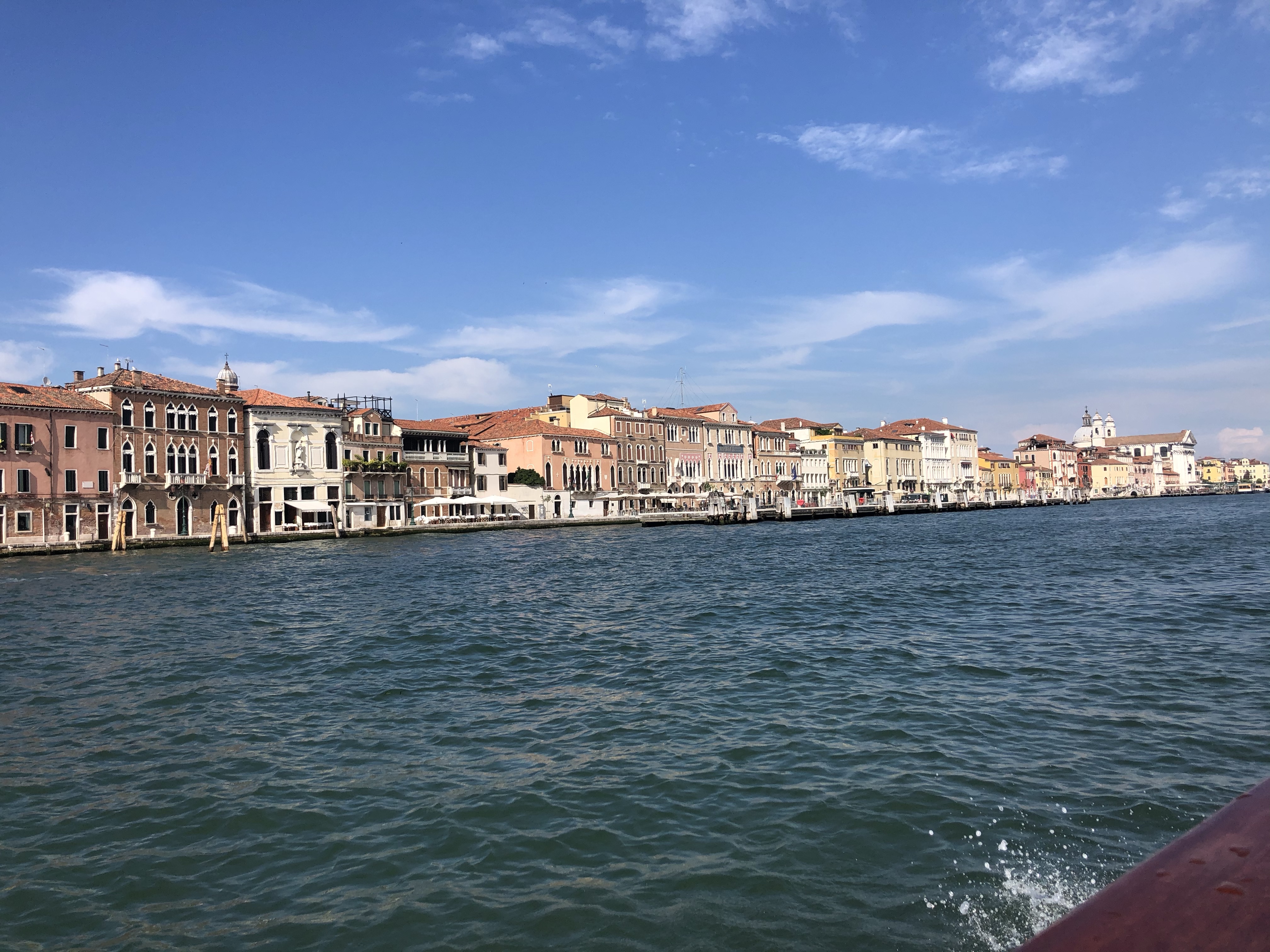

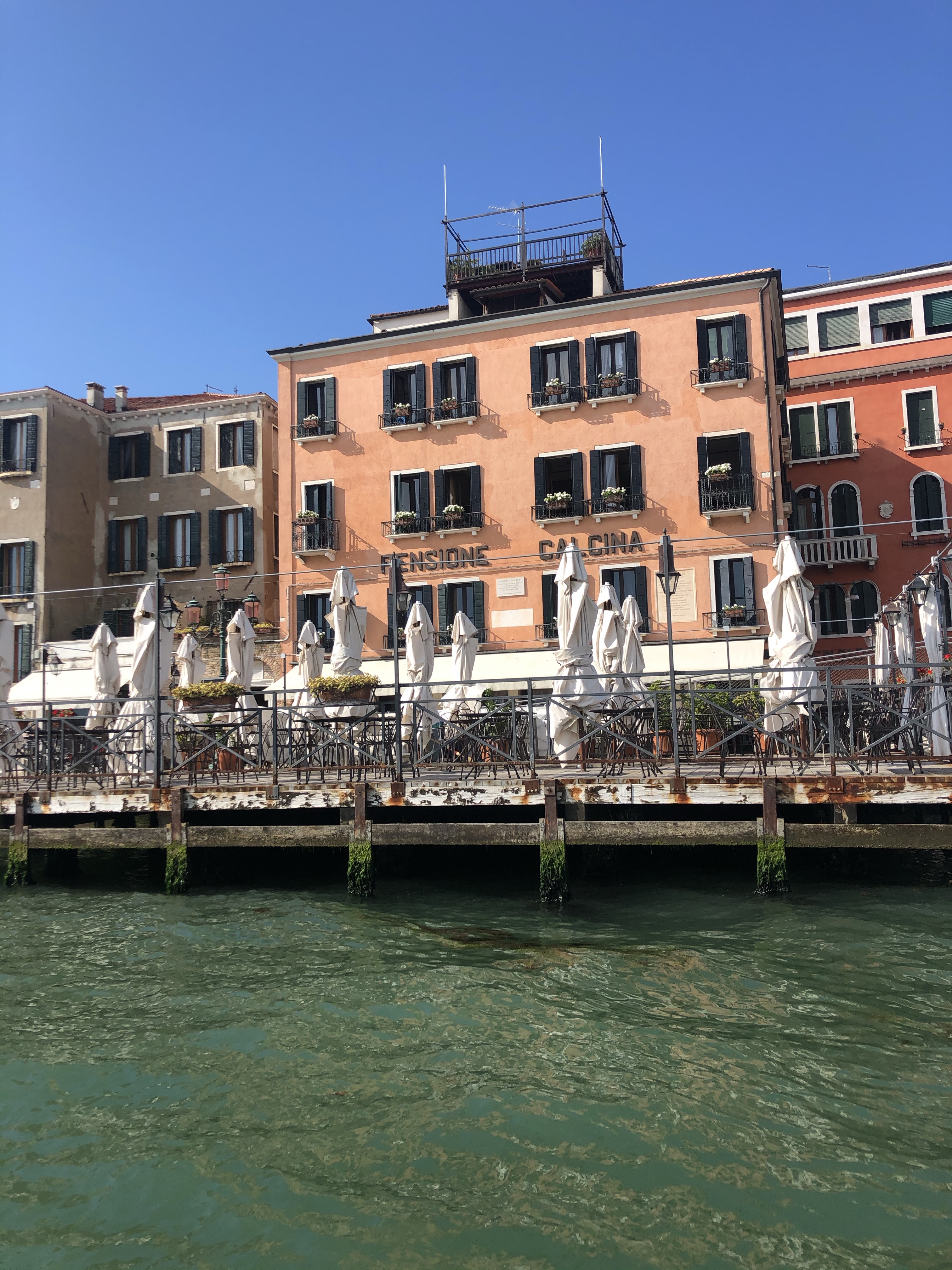
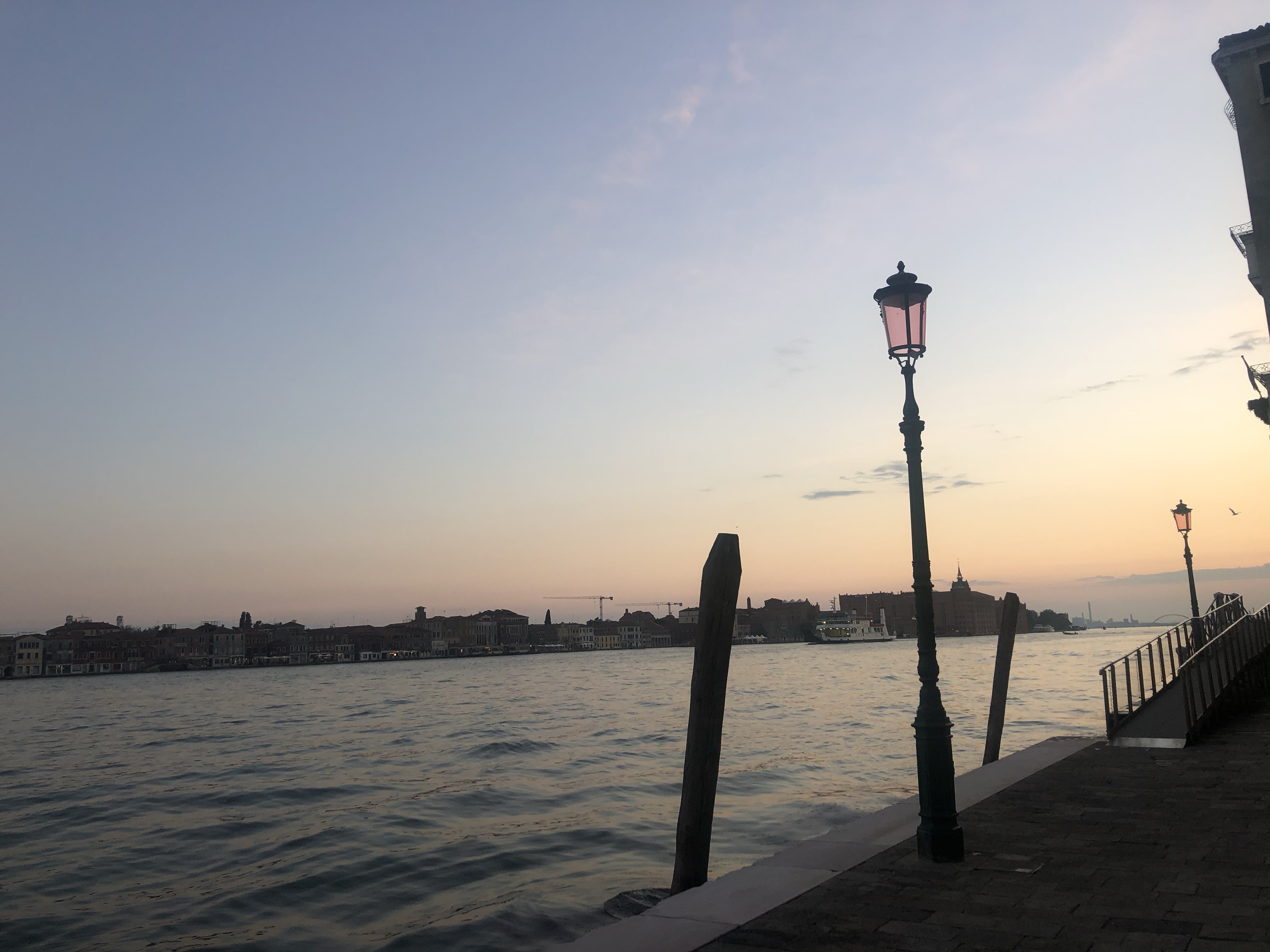



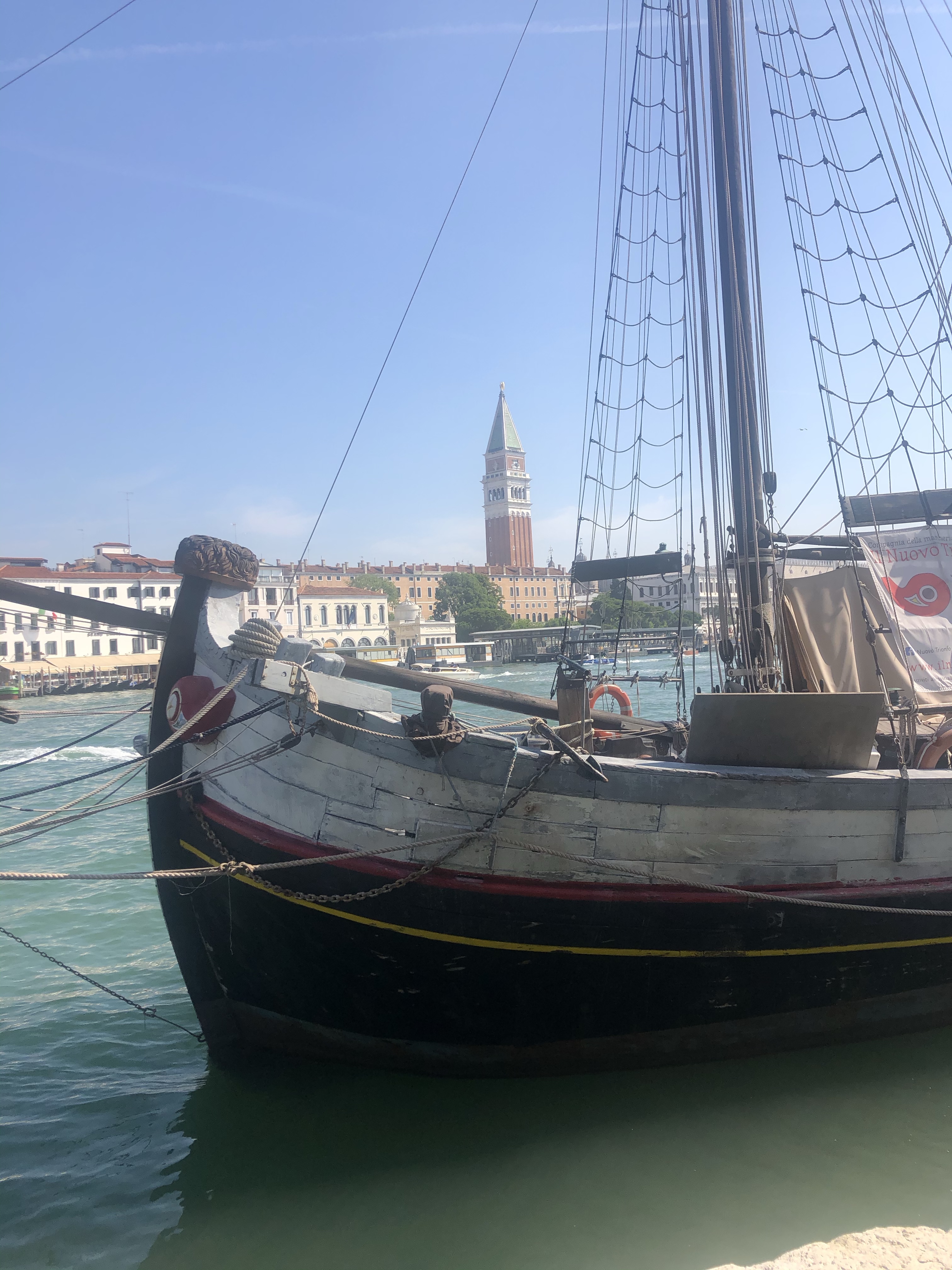








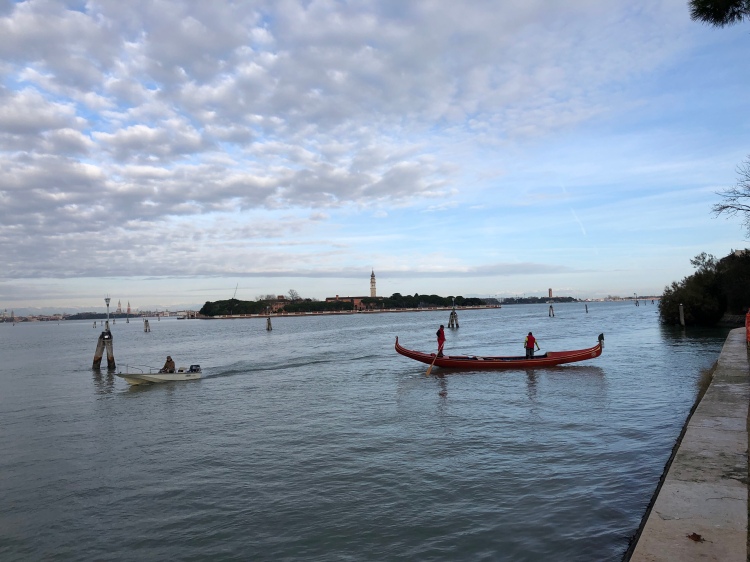




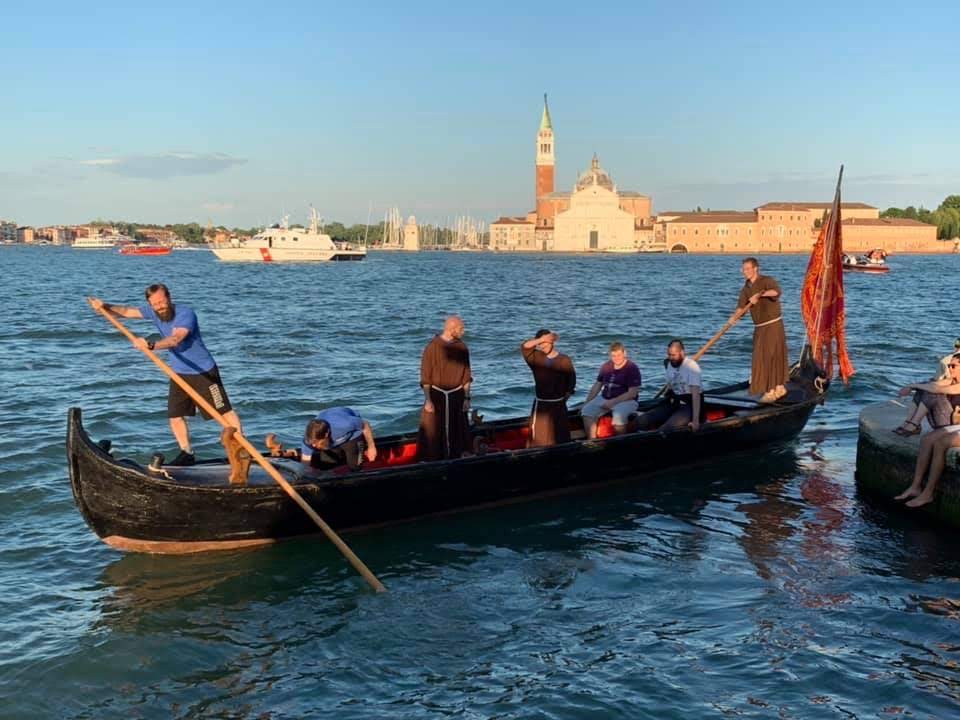

I will going Friday and will be my first holiday after 18 months. My last one was in Venice and I want restart life from there.
LikeLiked by 2 people
Enjoy – Venice is not too busy – you will enjoy it!
LikeLiked by 3 people
What a fantastic and insightful piece capturing facts and feelings about your happy place!
LikeLiked by 2 people
As always, Janet – informative, fascinating and un-puttable down! Your love for Venie always shines through, and I loved the Peggy Guggenheim quote. Thank you again for yet another inspirational blog and the evocative photographs. Don’t forget that you do have a home to come back to, though! All best wishes, John
LikeLiked by 2 people